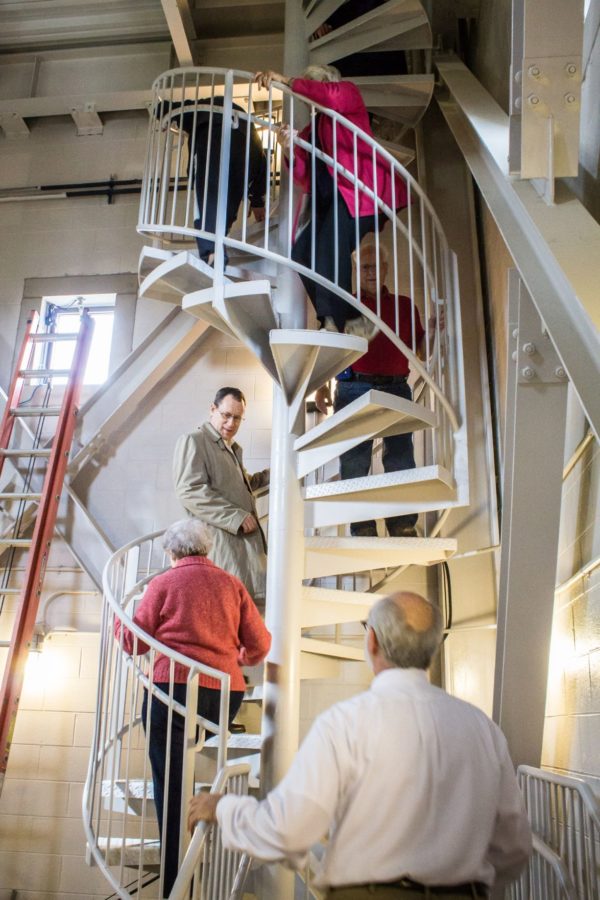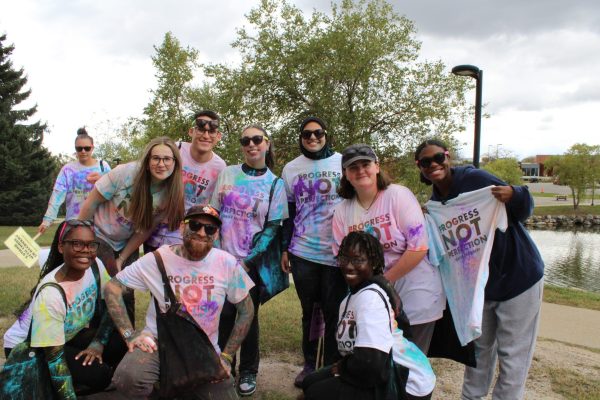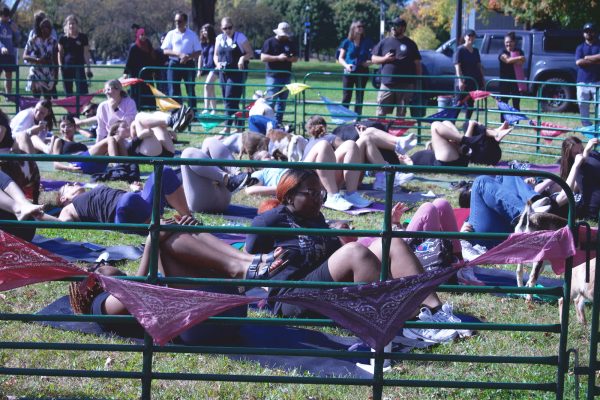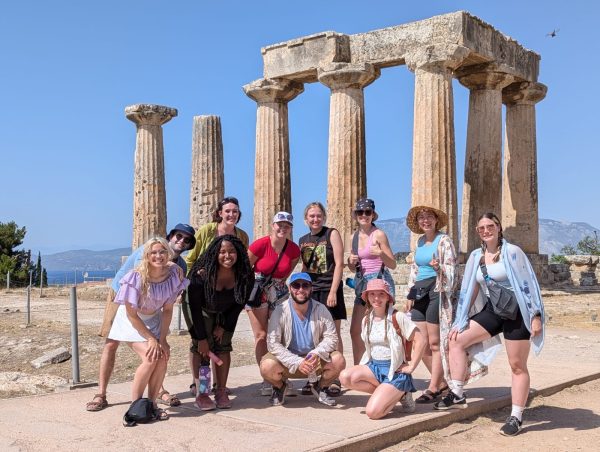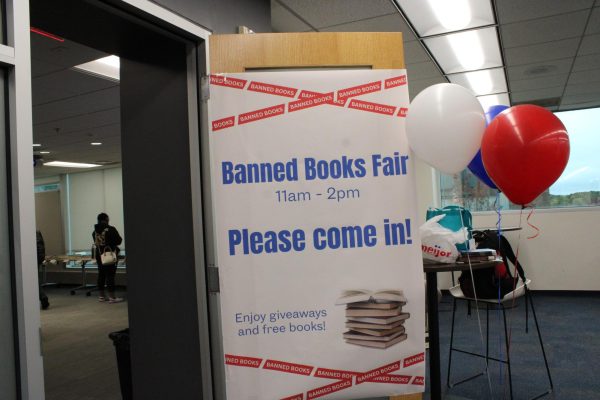Oakland holds Midwest Regional Carillon Conference
Friday, Oct. 17 and Saturday, Oct. 18, music rang from one of the newest additions to Oakland’s campus: Elliot Tower.
The Midwest Regional Carillon Conference was organized in part by resident carillonneur, Dennis Curry.
A carillon is the instrument that is housed inside the tower and consists of the bells as well as the keyboard, levels, and foot pedals on which they are played. A carillonneur is someone who plays the carillon.
The carillon built in Elliot Tower is the fourteenth to be constructed in the state of Michigan and the eighth to be constructed in the Metro Detroit area, Curry said.
Besides Curry, there were performances by carillonneurs from schools throughout Michigan and the Midwest. From University of Michigan to Michigan State University, Grand Valley State University and Iowa State University, the performers in attendance covered a wide geographical range.
“People want to celebrate,” Curry said.
According to Curry, Elliot Tower is the newest carillon in the world, so it is a tremendous honor both for those who play it and those who hear it alike.
The tower itself consists of four main levels: two that are just above the arches at the bottom, one that houses the performance room where the instrument is actually played and the top level is where the bells are housed.
The bells resonate through “louvers.” These are the openings on each side of the tower that almost resemble the exhaust pipes from some type of heavy machinery. The purpose of the louvers is to mix and evenly distribute the sound.
Curry said that the bells themselves have been meticulously arranged in the tower as well. With 49 bells, the carillonneur has a four octave range, which is about half the range of a standard full-sized piano.
The keys on the carillon are different from that of a piano, though. They are a series of separate levers that are played with the ends of one’s fist as well as pedals that are played with one’s feet, similar to an organ, Curry explained.
Elective courses will be available in the near future for students who wish to learn how to play the instrument as well. He said that the strikers have a very sensitive touch, so these would be valuable classes for students who wish to take part in concert performances using the carillon.
Students who wish to participate in this program will have to go through an initial audition process to ensure that they have a musical understanding first. They will then be allowed to begin instruction in the practice studio in O’Dowd Hall, where there is an identical keyboard set up that strikes tone bars (such as those on a xylophone) instead of bells.
“It seems like a really cool way for music students to get musically involved with the rest of campus,” music student Rhys Burgess said of the course. “The carillon is so central and exposed compared to the recitals in Varner Hall.”
The art of playing the carillon is a 500-year-old tradition deeply rooted in European tradition. Curry said that these instruments had “a sense of community and pride” attached to them and believes that the carillon has and will have the same effect at Oakland.



